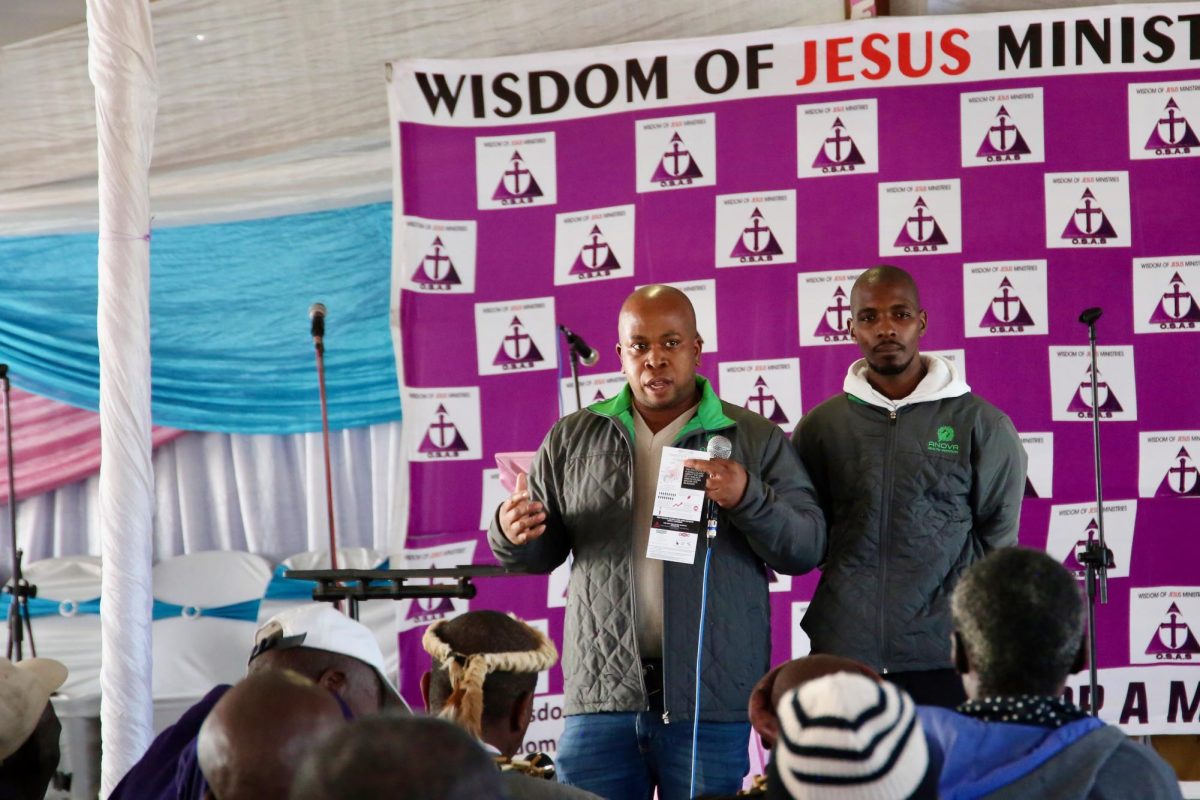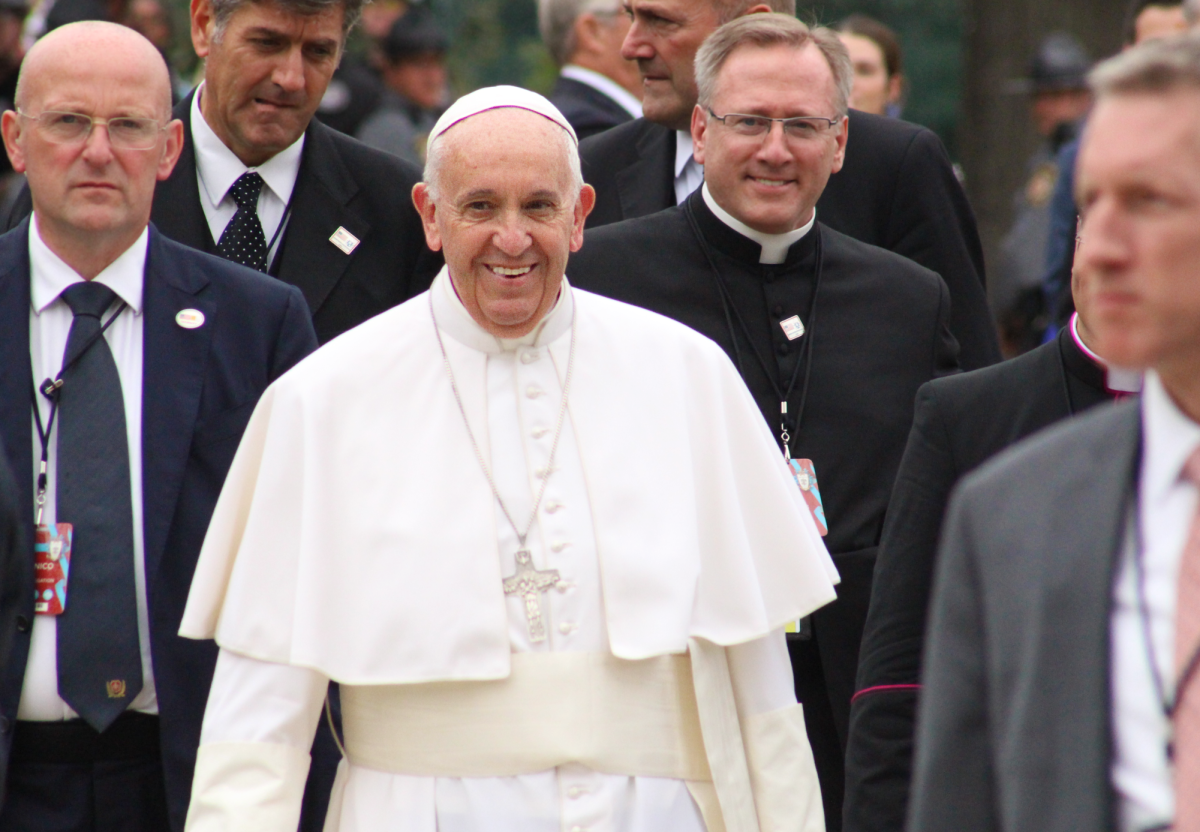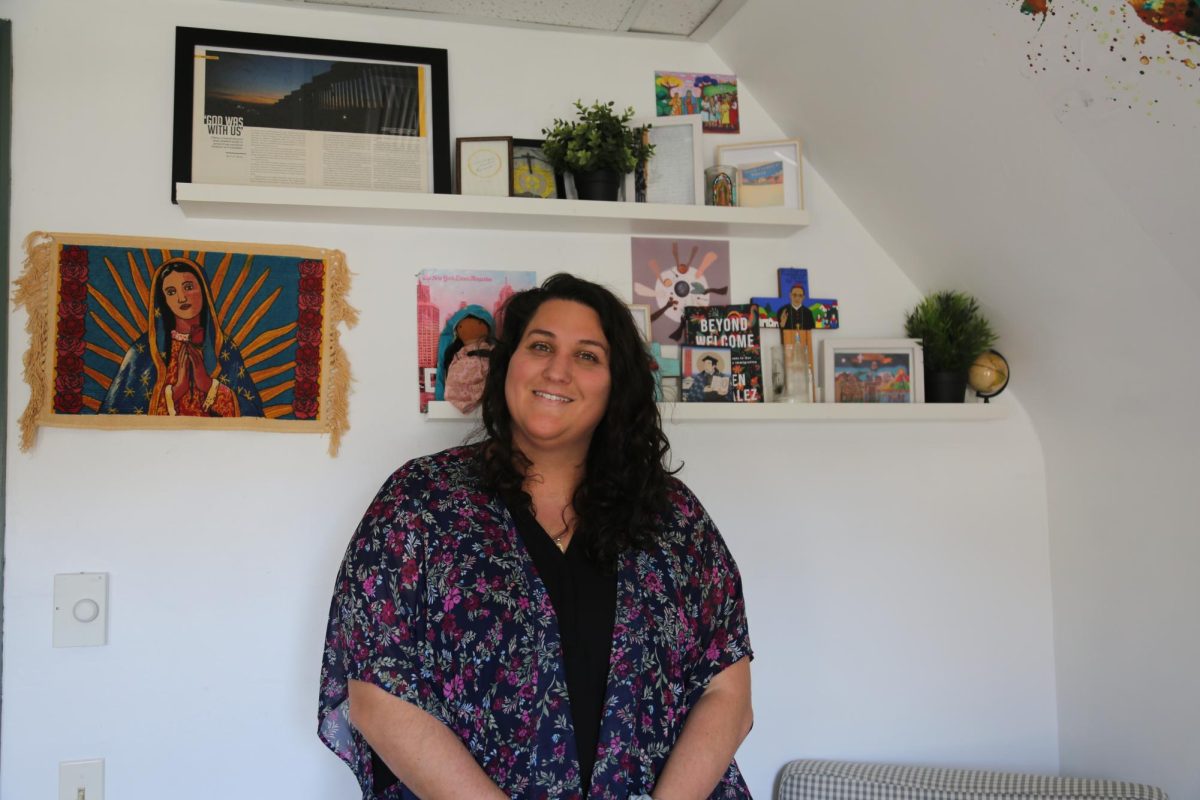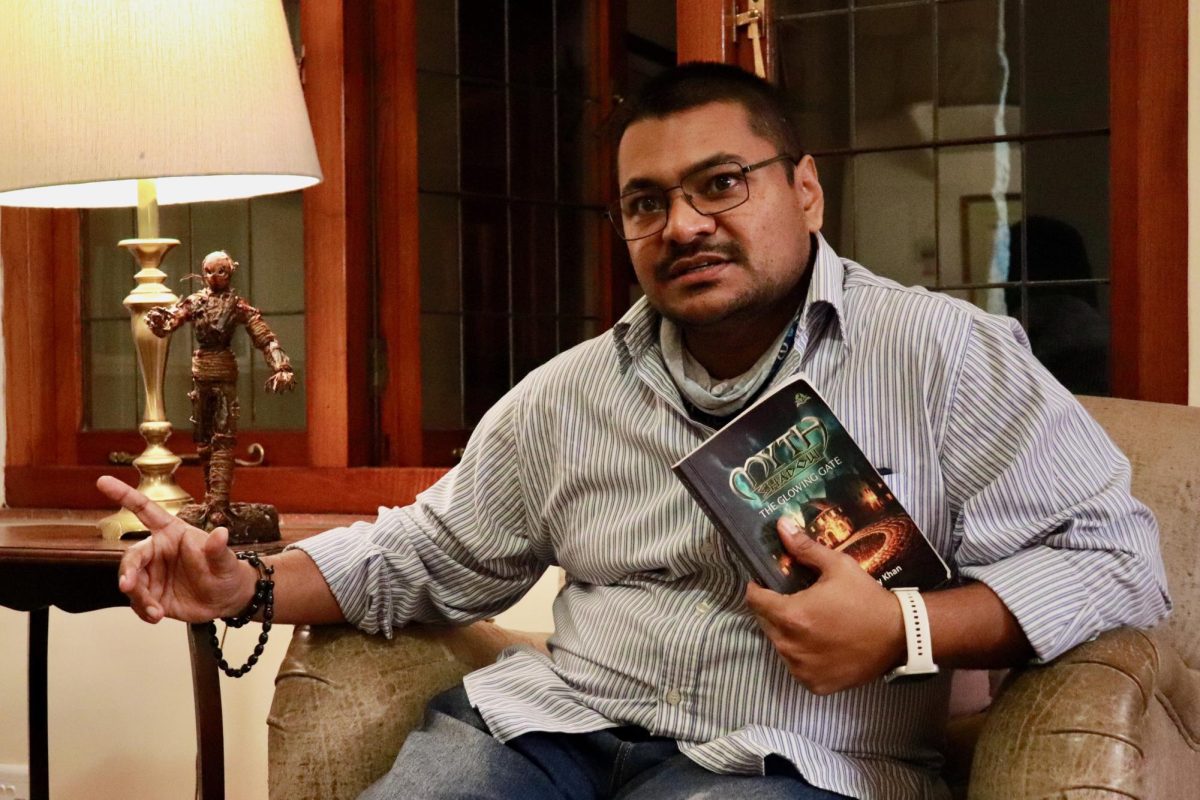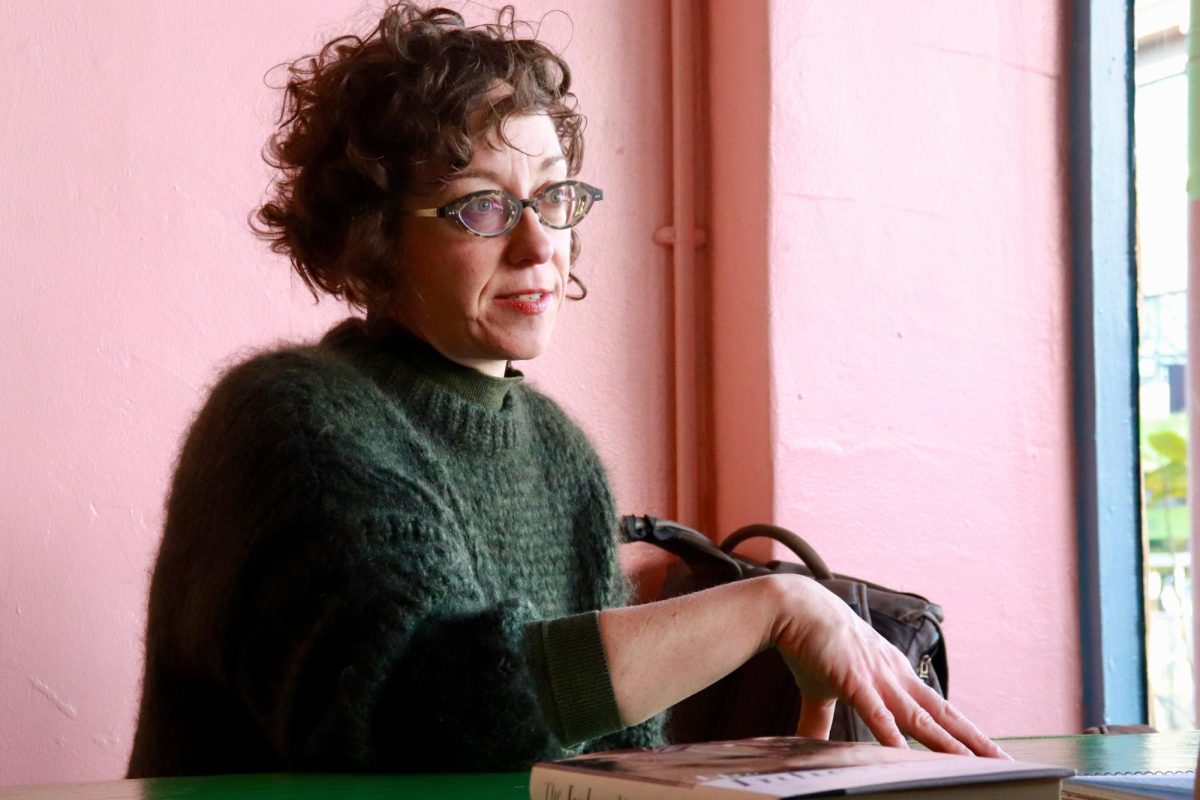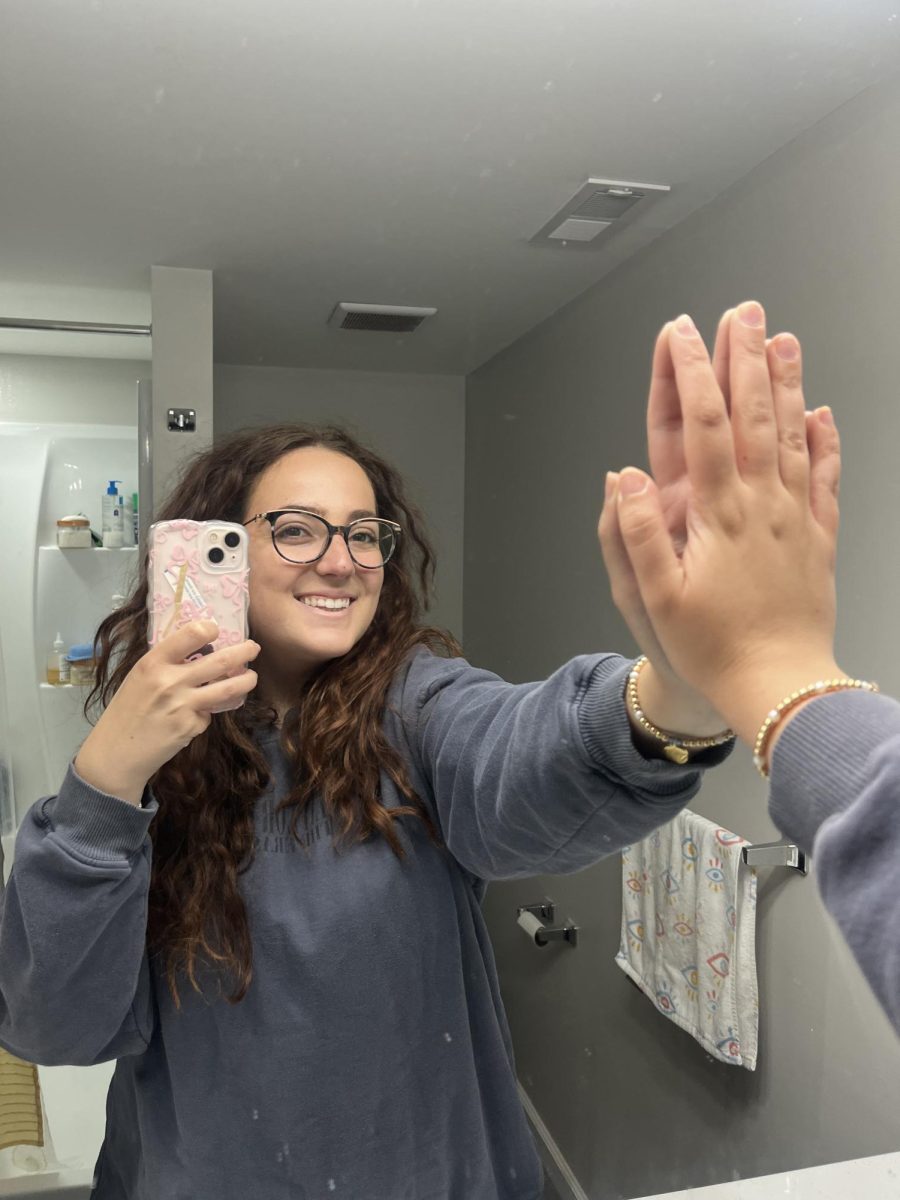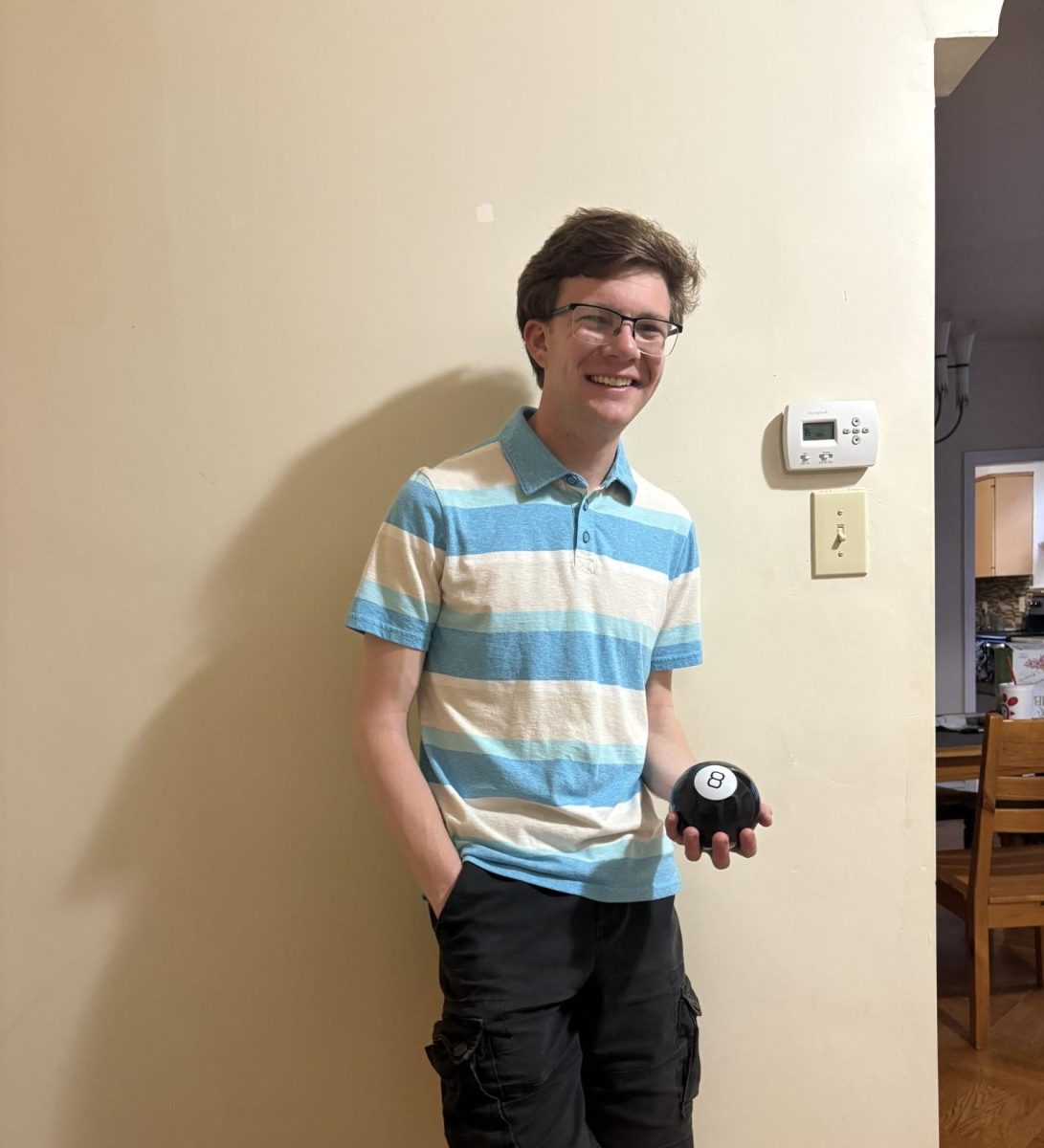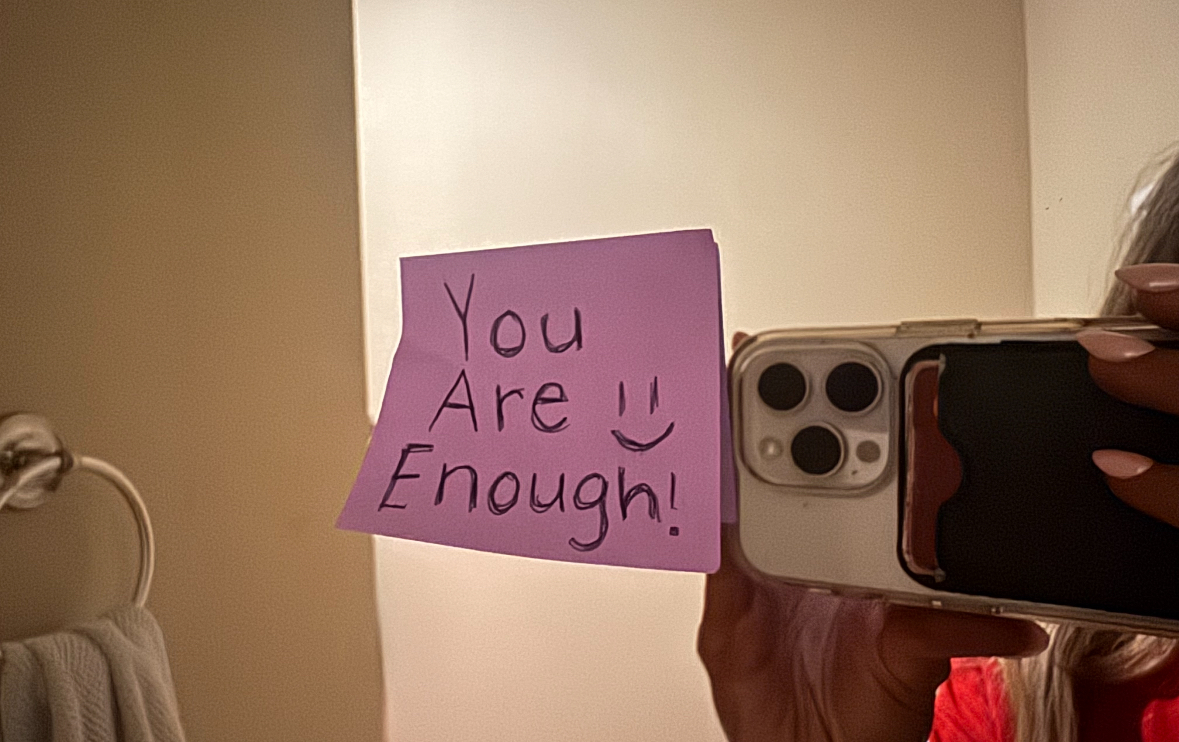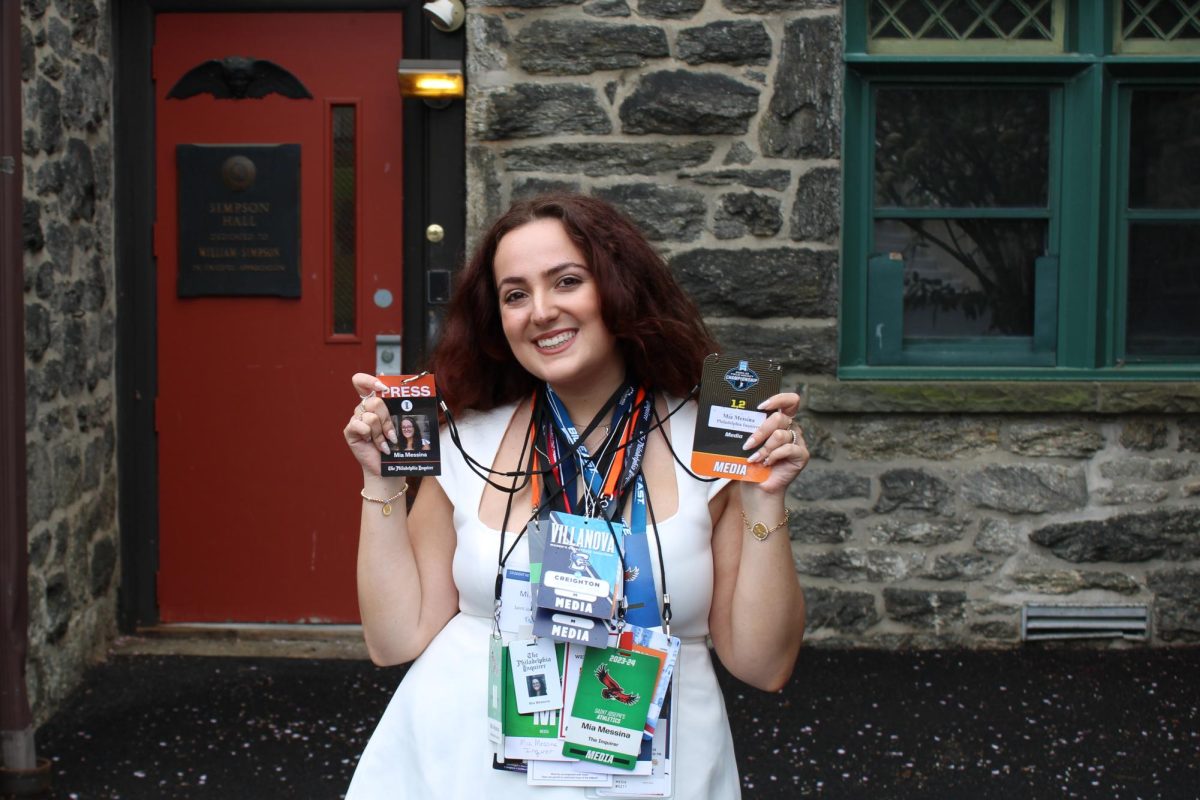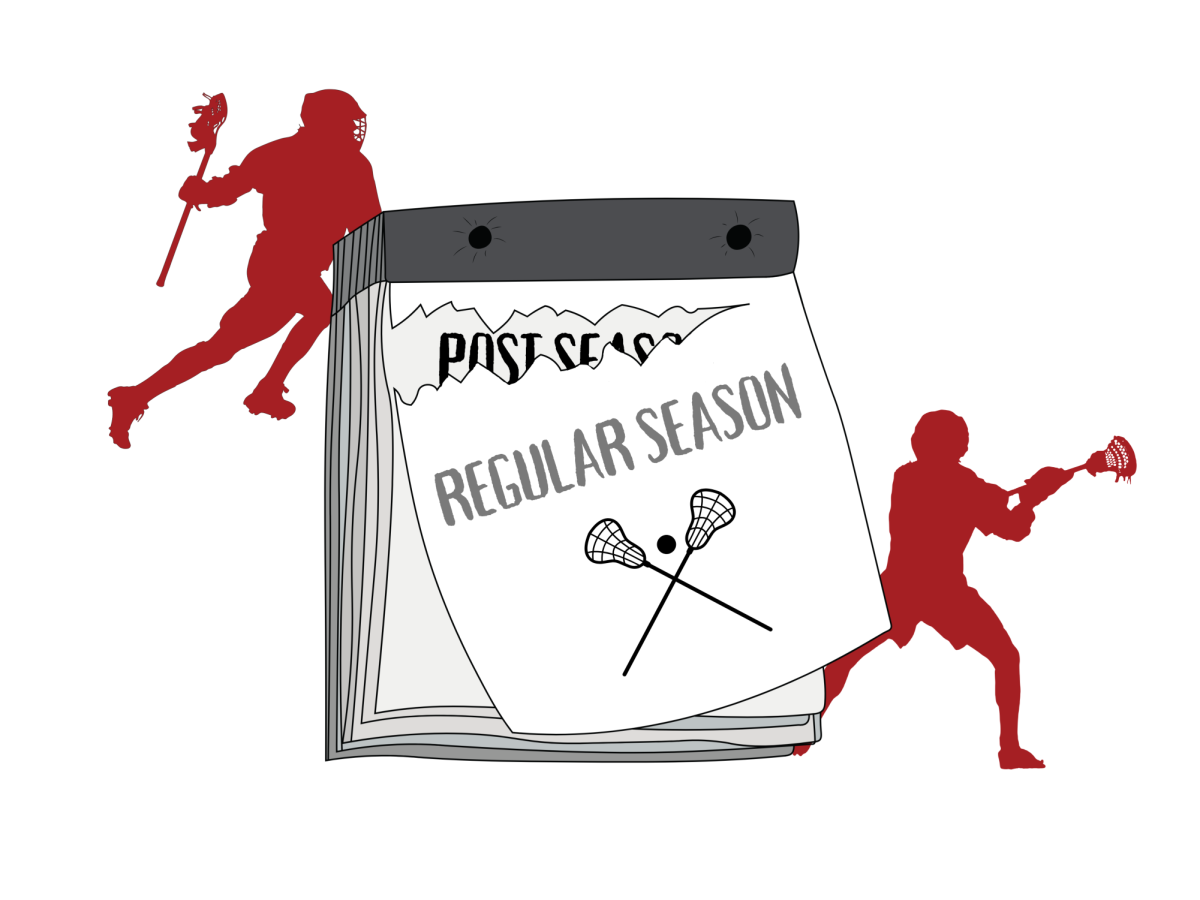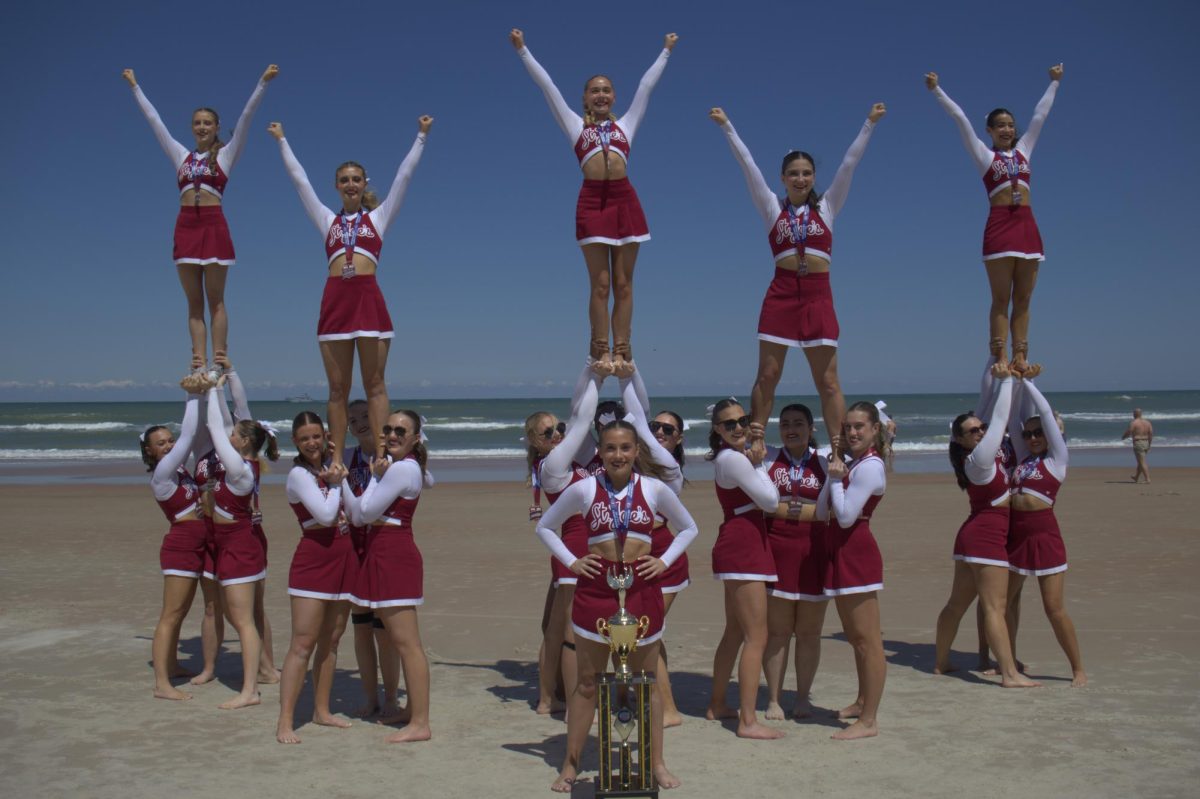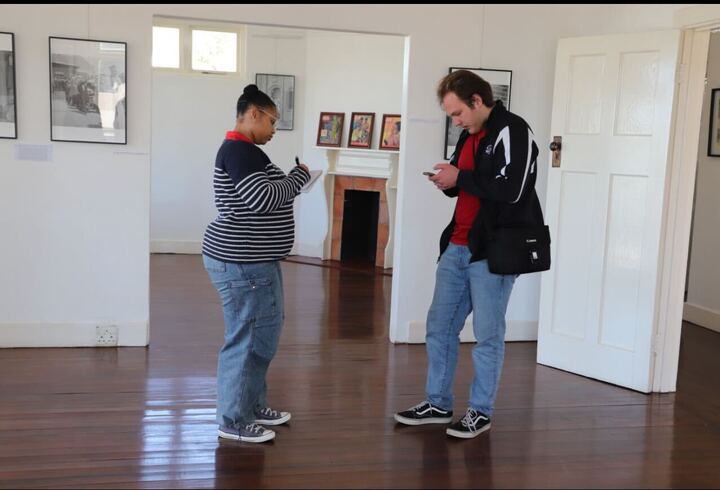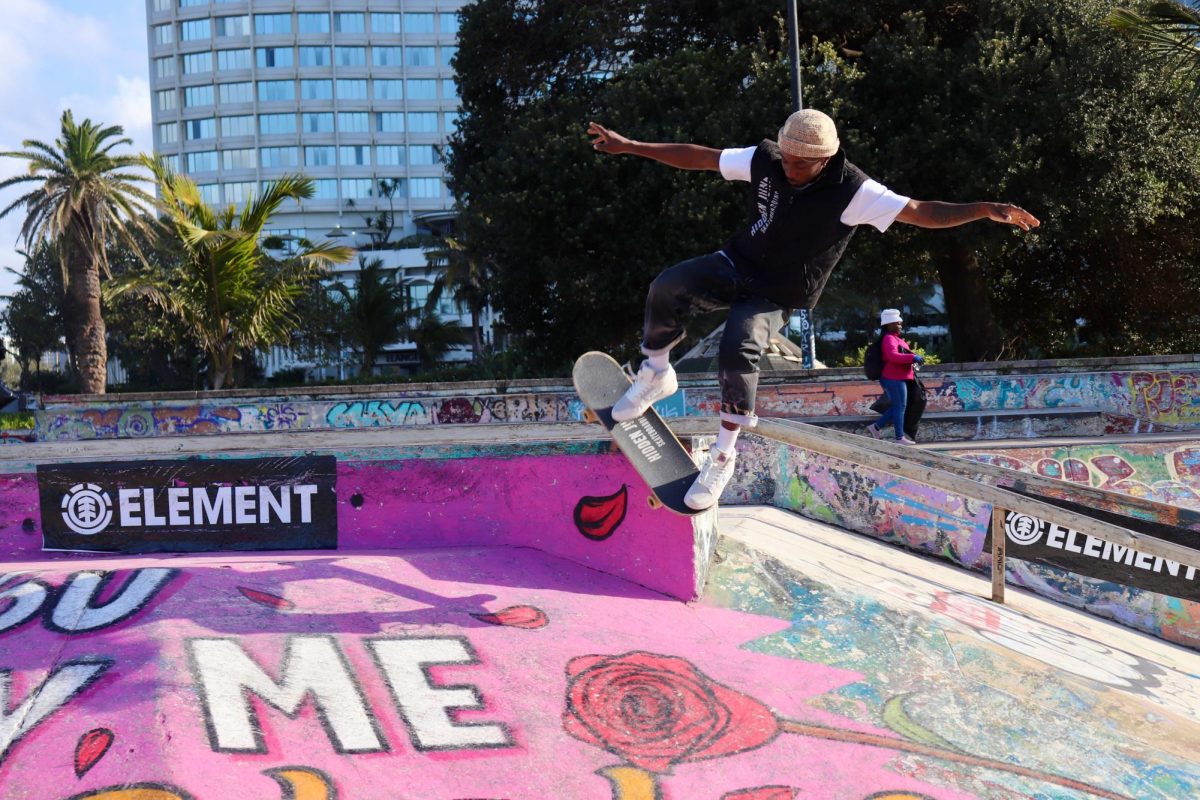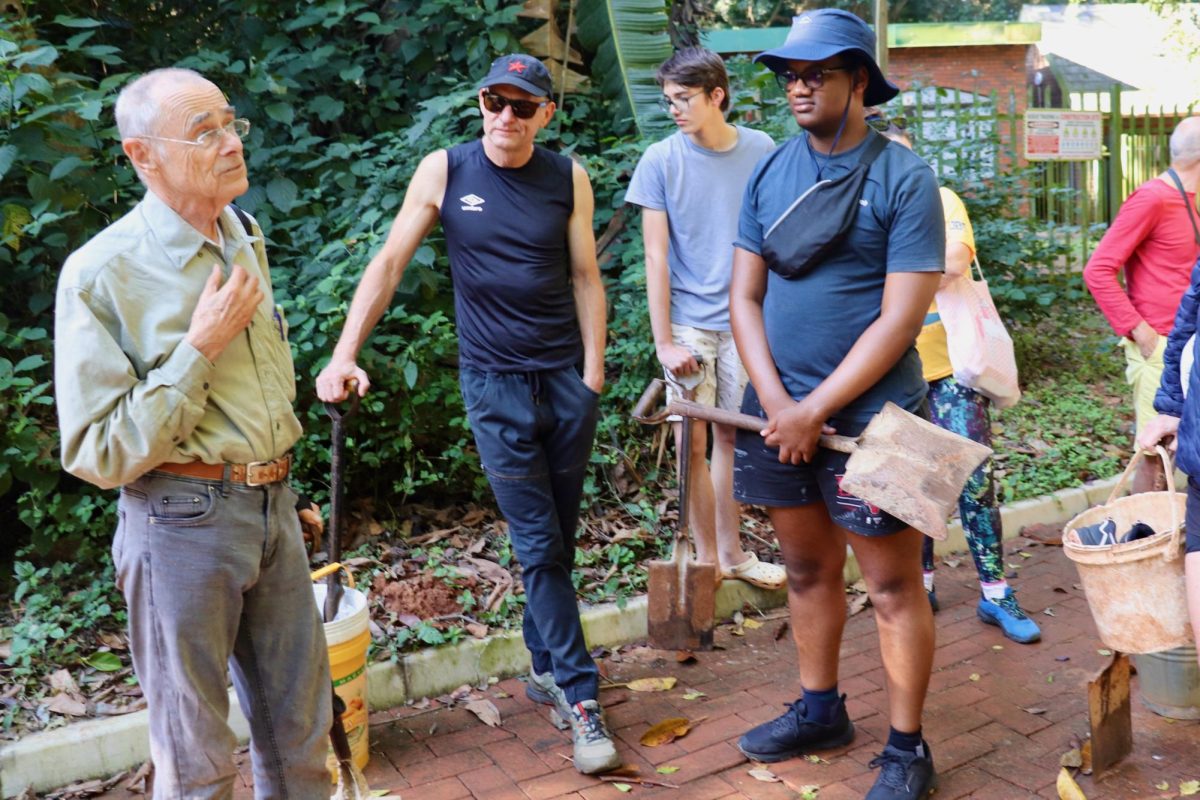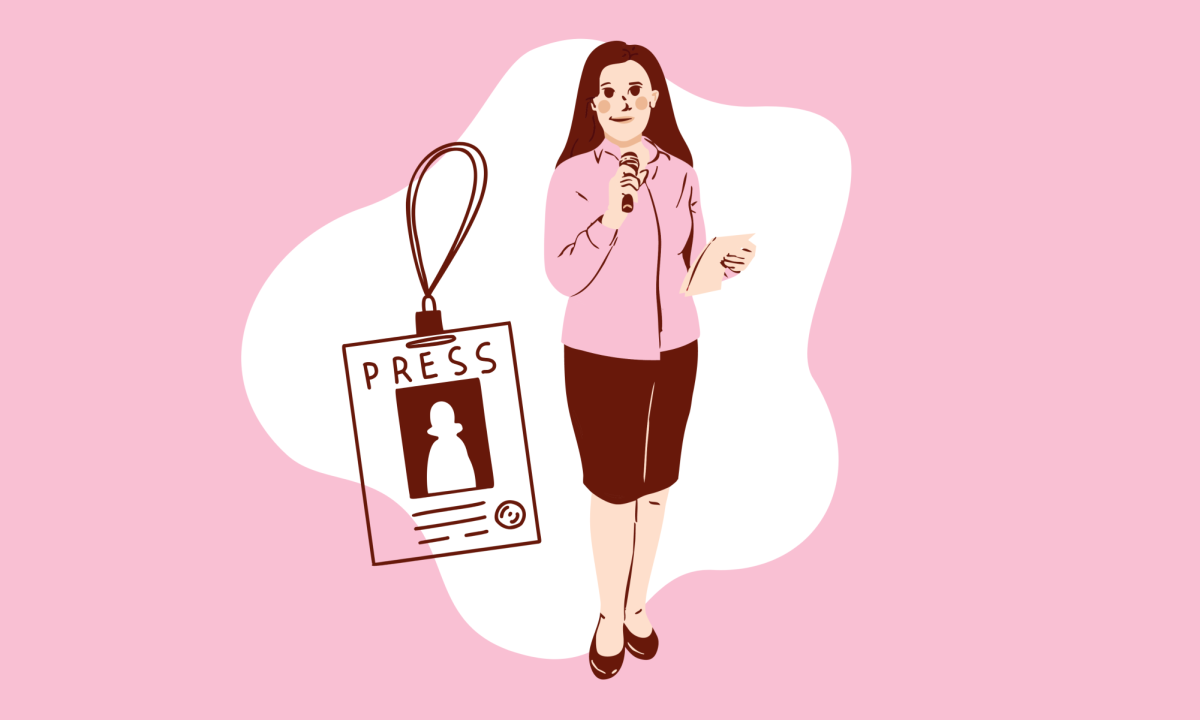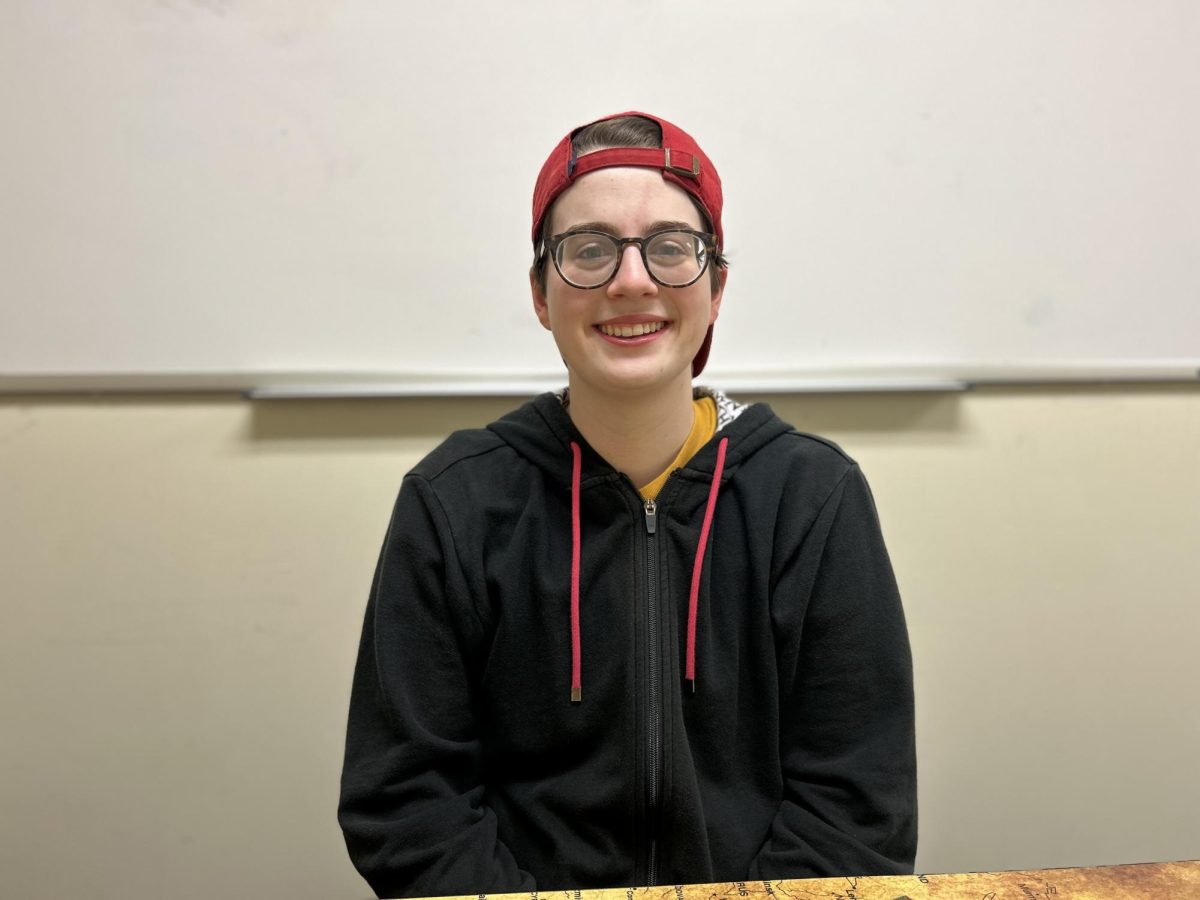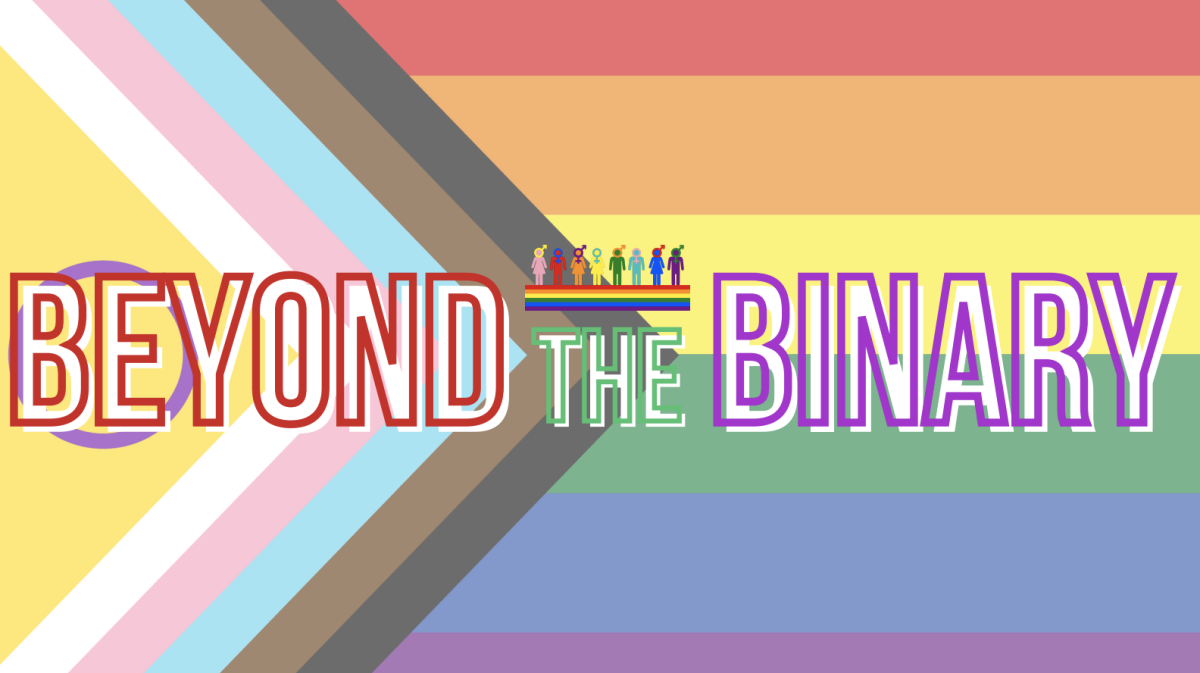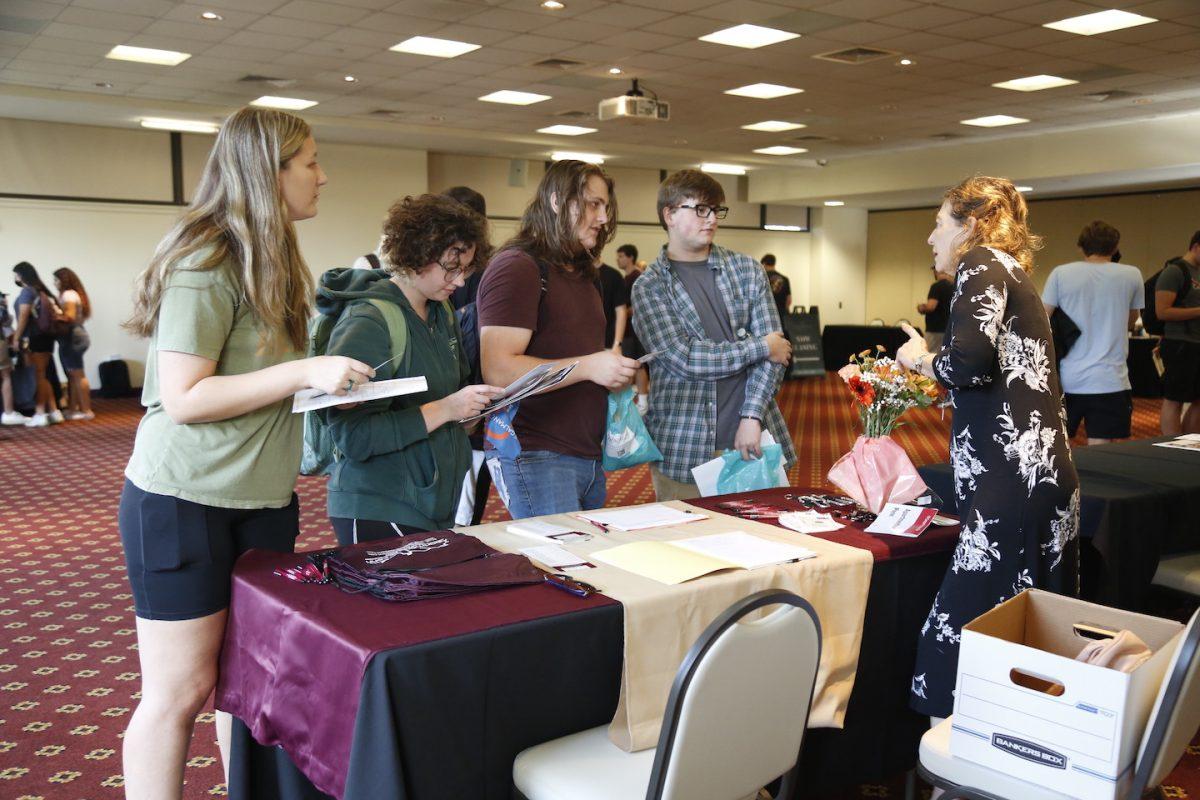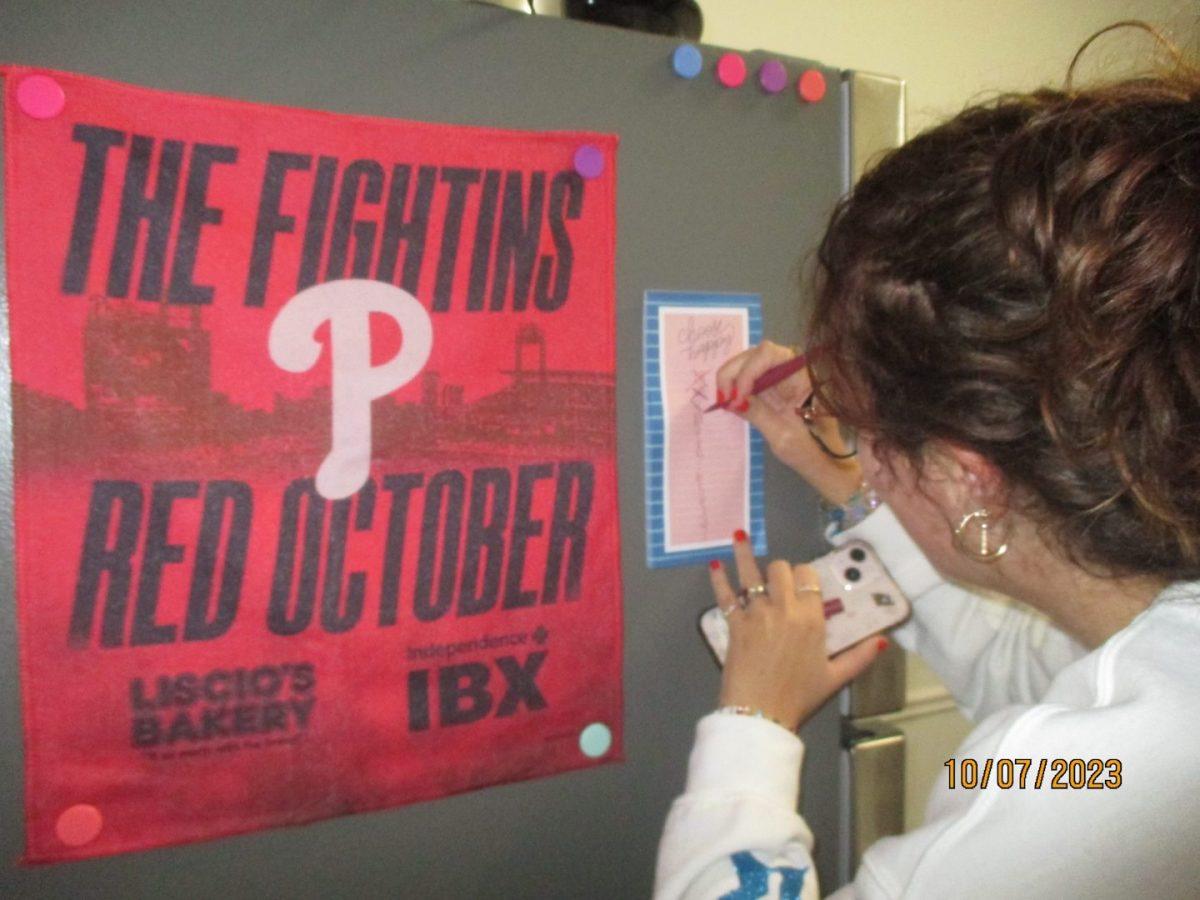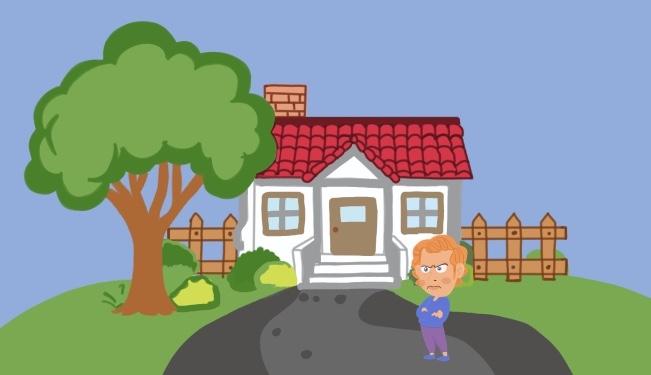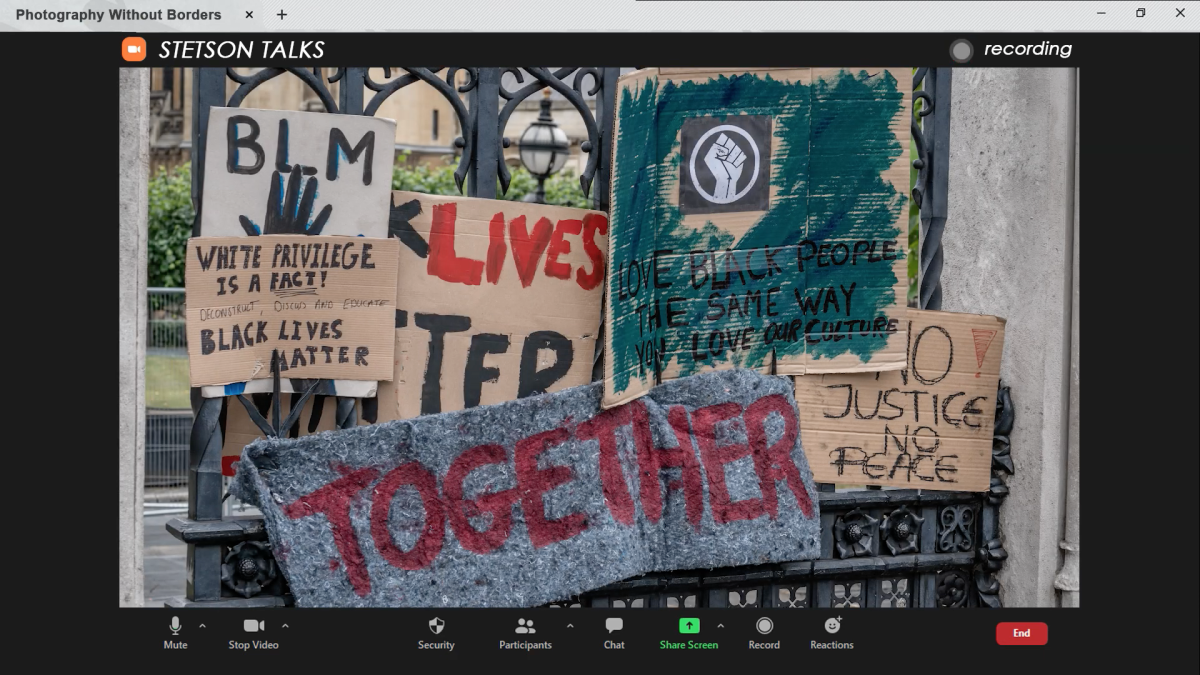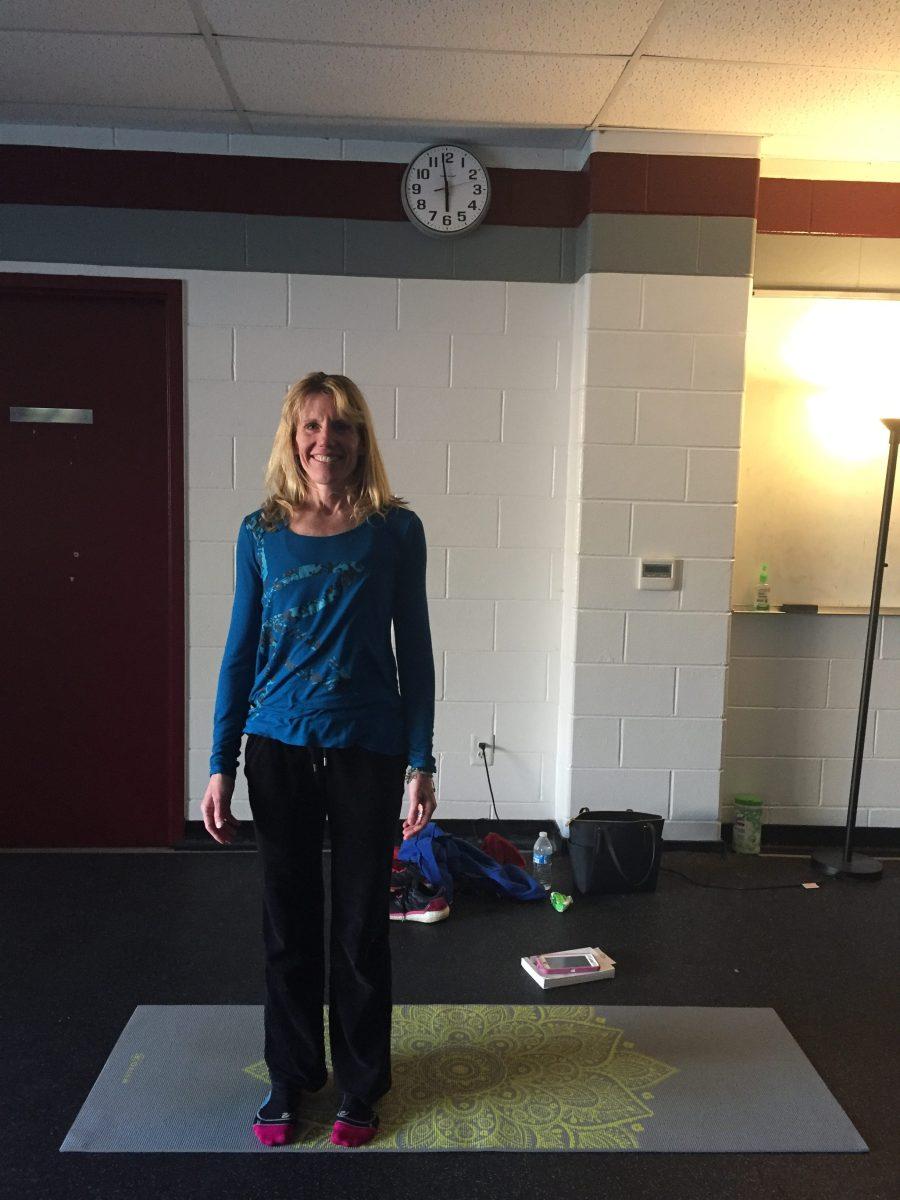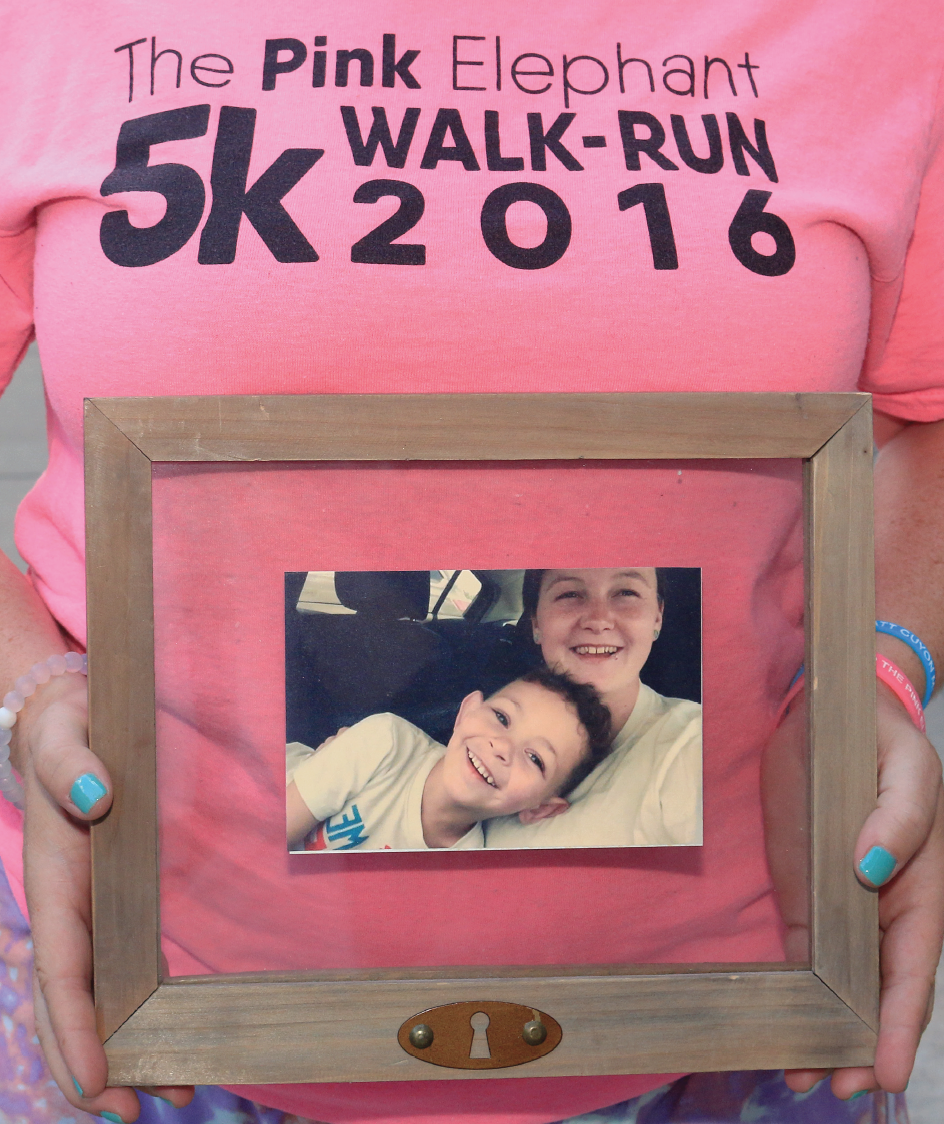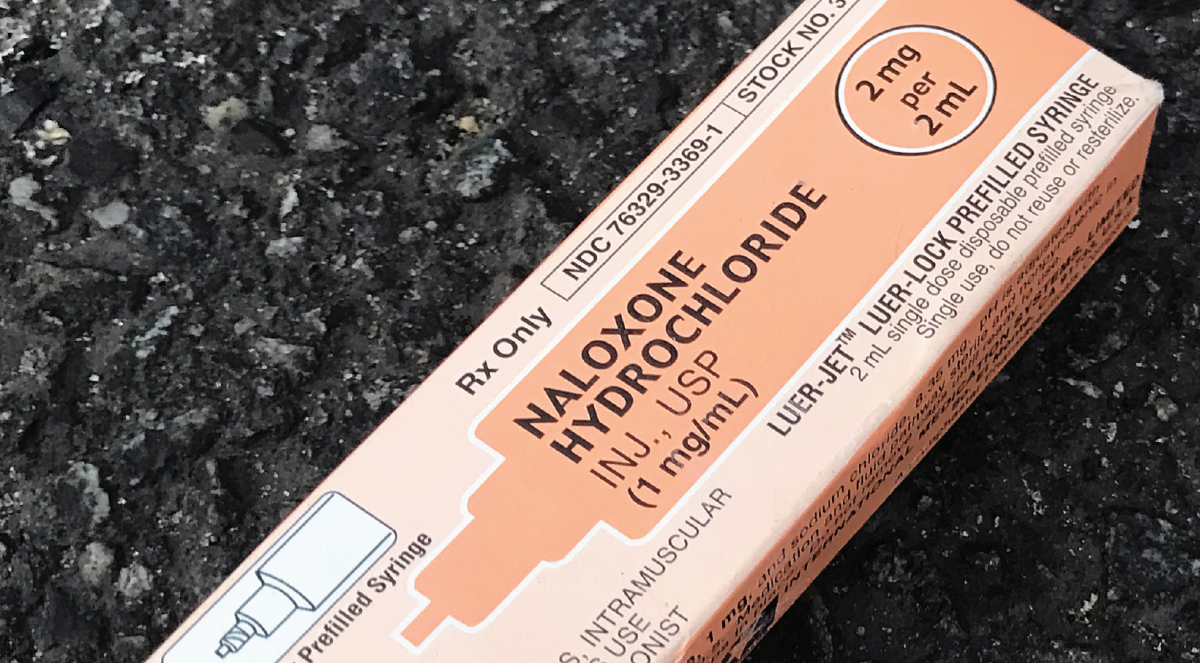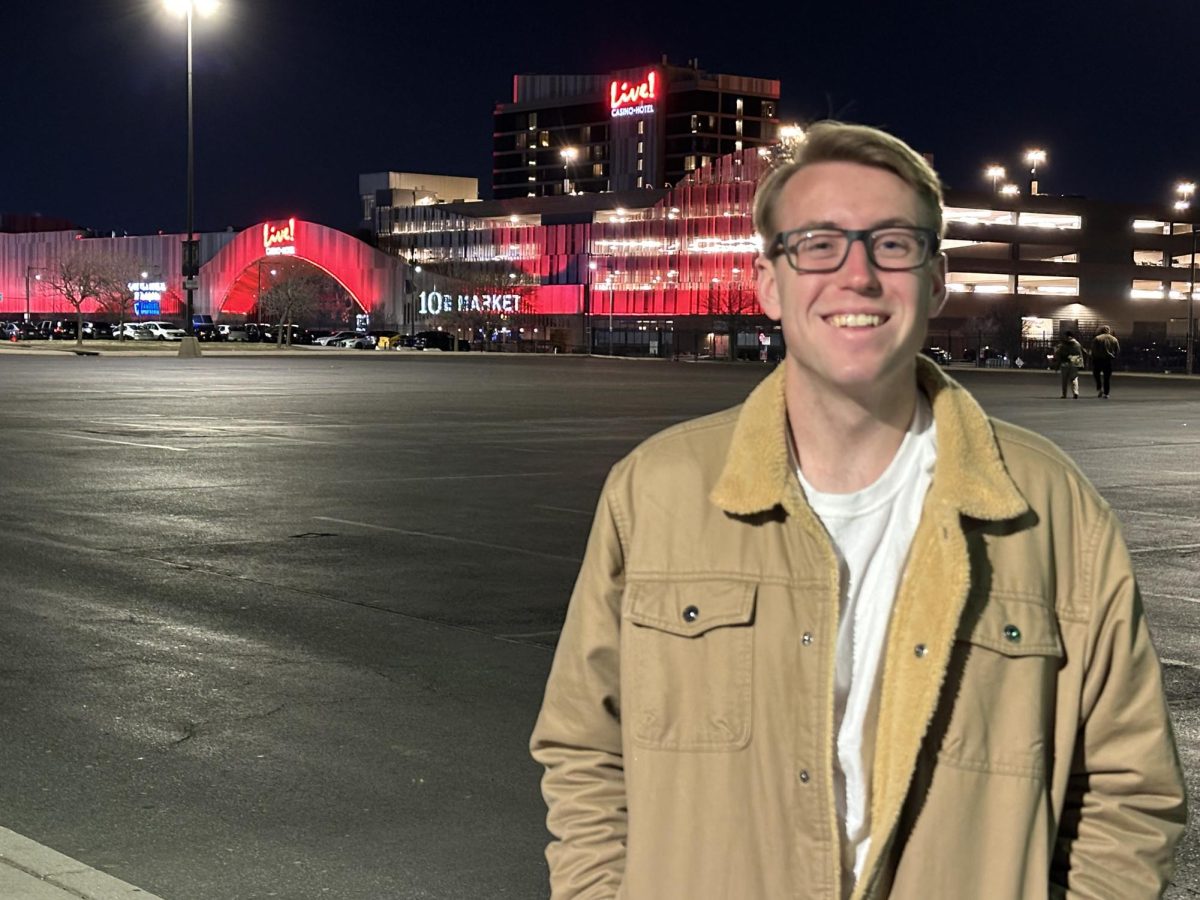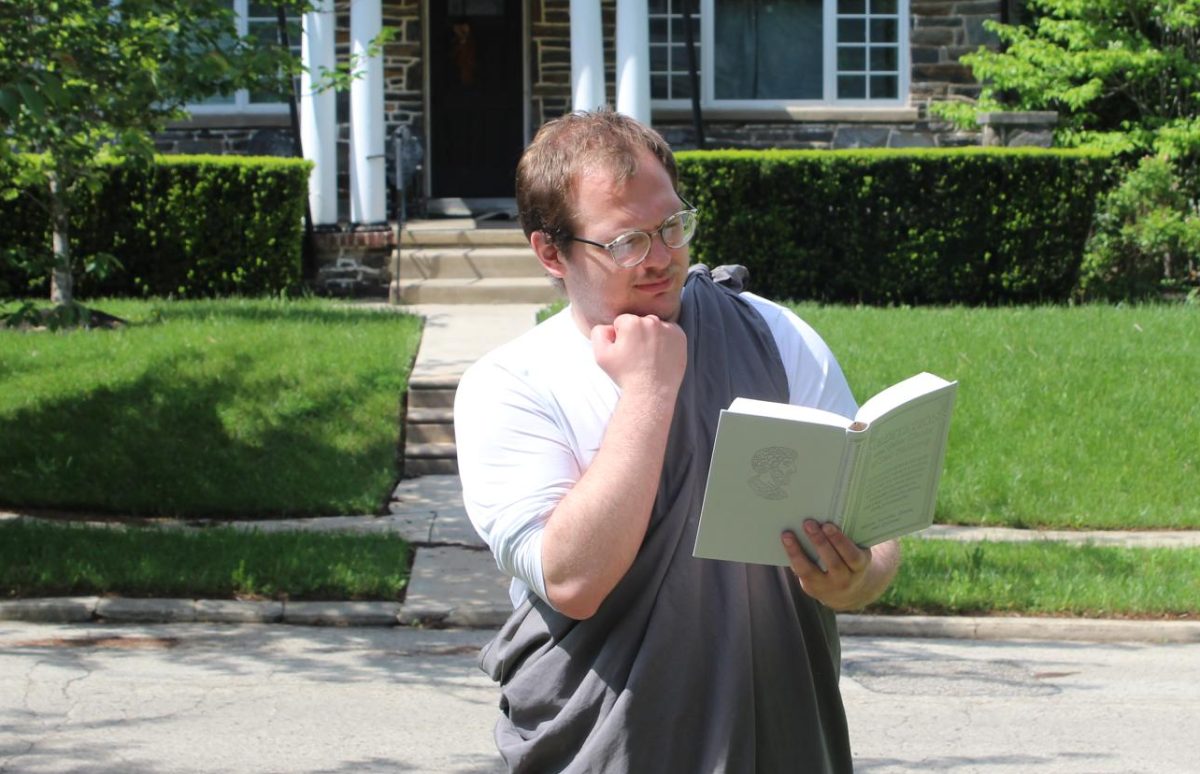We need candid discussion on campus
In the final days leading up to this year’s midterm elections, signs reading “It’s Okay To Be White” were left anonymously on several college campuses, including Tufts University, the University of Delaware, and Duke University. On Friday, three of these fliers were found on the St. Joe’s campus, according to an email memorandum sent by Cary Anderson, Ed.D., vice president of Student Life.
One of the fliers was removed after someone placed a call to the Office of Public Safety, while the other two were discovered and taken down by Public Safety officers. It has not been determined whether these fliers were posted by a member of the St. Joe’s community, and an investigation into the incident is ongoing.
Despite their seemingly innocuous messaging, these fliers have been endorsed by members of hateful political fringe groups, including white nationalists. The fact that they were posted the weekend before election day suggests that they were intended to serve as an intimidation tactic.
Whether or not they were posted by a member of the St. Joe’s community, the fact that these fliers were found on our campus at all highlights the need for a difficult yet overdue conversation about the lack of racial diversity here, and how that can lead to bias incidents and microaggressions that make students of color at St. Joe’s feel isolated and unheard.
St. Joe’s has a diversity problem, and it is critical that we recognize that. The current freshman class is 79.6 percent white, according to a May 2018 news release from the university.
The lack of diversity at St. Joe’s is a fact that we may discuss in class from time to time, or that may come up in conversations with classmates and friends. But it is important that we make conversations about diversity on our campus public, accessible and candid. The more we continue to ignore our school’s diversity problem or refer to it only indirectly and when we think no one is listening, the worse it will get.
The creation of the Center for Inclusion & Diversity was a huge step forward for St. Joe’s efforts to make our campus a more welcoming place.
However, the burden of addressing the diversity problem of an entire university should not be placed solely on minoritized students. Involvement from everyone at St. Joe’s, regardless of identity or position, is needed to make lasting change.
The campus-wide memorandum sent out on Friday encouraged the St. Joe’s community to “[lean] into [their] Jesuit values: being women and men for and with others and cura personalis.” It is easy, too easy, to simply acknowledge that hateful conduct does not align with the Jesuit mission on which our school was founded.
Reiterating our mission statement does not solve our campus’ real and ongoing diversity problem which affects the lives of students of color every single day. That problem can only be solved through consistent evaluation of the speech we hear in class, in passing around campus and among our friends.
If you hear something bigoted or biased, speak up. Staying silent and being passive only enables and tacitly condones hateful conduct. The desire to speak up in response to bias incidents may come from a commitment to a certain value system, but it should also be a natural human response.
That response is what we should use to inform the creation of dialogue spaces where students can share their frustrations and offer solutions to the University Student Senate (USS), administrators and other members of the campus community with the power to change university policies and continue outreach strategies that diversify our student population.
Our Jesuit values can motivate us to take action, but they are not a solution in and of themselves.
Open discussion forums and speaker events are invaluable for educating ourselves about issues that may not impact us directly. Yet when speakers come to campus who will be candidly addressing a topic that can be difficult to discuss, like sexual assault or institutionalized racism, the impulse to skip out of fear of being made uncomfortable can be hard for many to overcome.
Breaking down that fear is the first step to solving any problem we face as a school community. It is imperative that we talk about these issues and keep talking, even when it is hard and especially when we don’t want to.
—The Editorial Board
This week’s Editorial Board is comprised of the Editor-in-Chief, Managing Editor, Editorial Page Editor, Opinions Editor, and Assistant Opinions Editor. This editorial reflects the views of the Board and not the entire Hawk staff.

